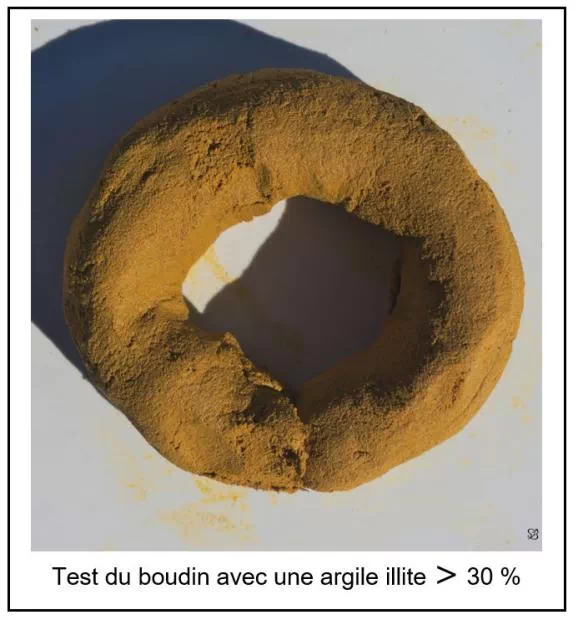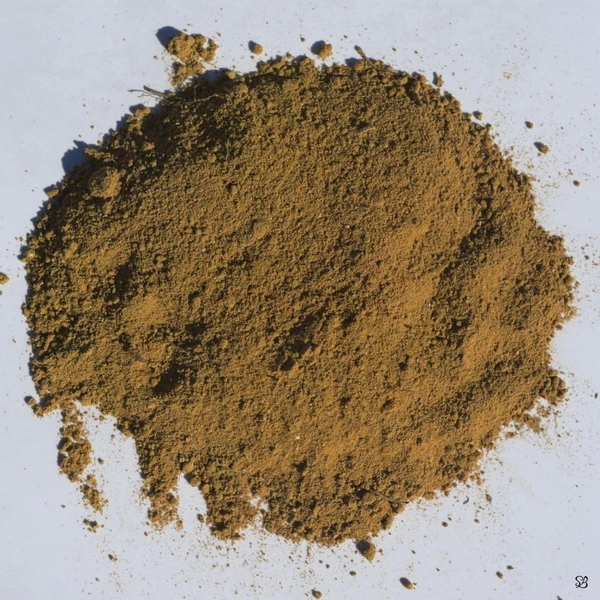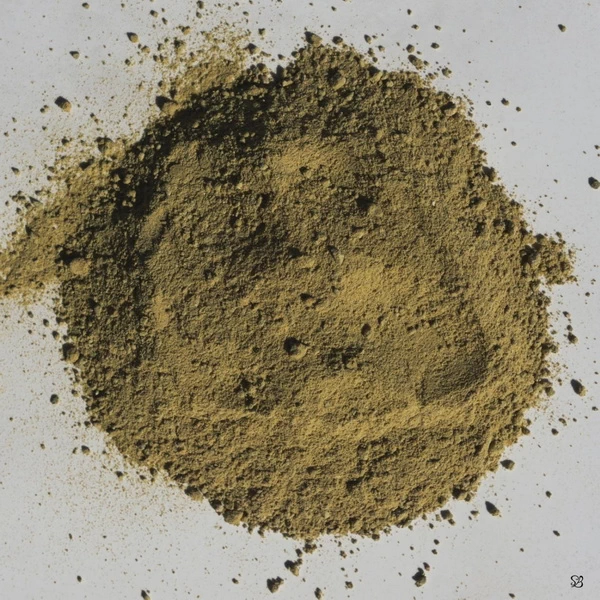Correction of very clayey soils in agriculture
A balanced content of clay, sand and limestone is essential for a good garden soil
The full effectiveness of manures can only be achieved on soils in good clay and calcium condition. Above 40% clay, the soil is compact and heavy, making it easier to retain water.
Soil that is too clayey can be corrected by adding river sand, which can be bought from a building materials dealer, and by using calcareous and humus-containing amendments.
There is no standard for sand amendments, but it is preferable to use neutral sands such as very fine Loire sand. Some sands can contain up to 50% limestone, which can be interesting when the soil is also poor in limestone. To increase the sand content of a soil, about 1 to 3 t/are of sand is needed, depending on the clay content.
The addition of sand is not enough to make a soil with too much clay lose its sticky and asphyxiating properties. The clay/sand mixture quickly turns into concrete. When limestone and humus are mixed with clay, the latter flocculates and takes on the consistency of sand, facilitating aeration and water infiltration (see article on CAH).
Too much limestone can be detrimental to crop soils.
Lime makes the father's fortune and the son's ruin, as the saying goes. This is the case when lime is used every year with a blindly estimated rate. Before correcting a soil that is too clayey with lime amendments, it is essential to know the pH of the soil using a laboratory test strip or a pH tester.
The volume of lime amendments should remain between 7 and 8. Too much lime will cancel out the solubilisation of phosphorus and certain trace elements such as boron, zinc and manganese. In the vegetable garden, slaked lime is more than enough. The amount of lime needed to correct an acid soil is 7.5 t/hectare for a compact clay soil when the pH is between 5.5 and 6. This dose drops to 5.5 t/hectare for an average soil composed mainly of sand and clay. In Provence, due to the nature of the soil, which is often rich in limestone, the addition of lime is often unnecessary. There are even many soils where it is the excess of limestone that is the problem.
In France, limestone amendments used in agriculture to improve the pH and structure of soils must comply with the NF U 44-001 standard, which covers 5 classes:
1) simple limestone amendments such as marl, chalk powders, maerl (debris from a seaweed rich in limestone).
2) Raw amendments rich in magnesium such as dolomite.
3) Fired amendments: calcium and magnesium limes.
4) Mixtures of lime with raw amendments.
5) Sugar factory defecation scum or fruit juice residues fixed by a milk of lime.
The remarkable properties of lime in agriculture.
Soil that is too clayey and acidic can be improved by adding slaked lime, which also has the advantage of quickly loosening the soil (a). In organic farming, soil improvers containing quicklime or slaked lime are forbidden (regulation RCE 889-2008) on the pretext that they are not natural and that they require the use of fossil energy resources to produce them. Organic farmers are therefore depriving themselves of a particularly effective amendment to rapidly reduce the toxicity of aluminium ions in overly acidic soils. There are slower calcareous amendments consisting of larger particles that slowly break down in the soil. They are mainly intended to stabilise the soil structure over time after an initial correction with lime.
Lime has long been known to improve the structural stability of the soil, facilitating aeration, the penetration of water-borne nutrients and the rooting of plants. Agricultural lime enriches the soil with calcium and magnesium which are essential plant nutrients. Lime, by facilitating the formation of CAH, also promotes the absorption of fertilisers and improves yields.
Correct application of lime corrects excesses of copper, manganese, boron and zinc. Quicklime is used in arboriculture to destroy insects nesting in tree trunks.
Lime should not be used with organic amendments
Lime is not applied to a soil after spreading a nitrogen-rich organic fertiliser, as lime tends to neutralise the nitrogen. Lime is usually applied in the autumn after ploughing and sometimes quicklime, also known as tree white, is used. Quicklime is very corrosive and precautions must be taken when spreading it (goggles, gloves, protective clothing). Quicklime attacks all organic matter, including pathogenic fungi and bacteria and useful microflora. It is recommended to spread lime every 3 years, alternating with fertiliser applications.
Some crops like limestone amendments, others do not
The nature of the crop that the soil will support is also a factor in the dose of lime amendments. Potatoes prefer acidic soil, so lime should not be used for at least 12 months on clay soil before planting. Beans, on the other hand, do not tolerate acidity and appreciate lime amendments.
Where to find limestone amendments for cultivated soils?
For gardening purposes, limestone soil improvers (dry dolomite, granulated or powdered calcium carbonate, magnesium carbonate, crushed quicklime or slaked lime, limestone sand ....) with instructions for use are readily available in garden centres and on websites. Advice on use is available on websites. For example, for those who wish to spread dolomite, the quantity varies from 15 to 20 kg per 100 m2.
a) There are two types of lime obtained from hydrated quicklime: air lime, known since antiquity and obtained from pure limestone, and hydraulic lime obtained from limestone containing a little clay









